Our view: 'Inadequate, antiquated or nonexistent.' People deserve better ways to get around
It is harder to get around the Columbus area than it should be.
Solutions are complex, but the reason is simple: the growing region does not have the public transportation options people want or need.
Thanks to Mid-Ohio Regional Planning Commission, there is now a survey that reinforces the real desire for concrete actions that will move us forward.
Data points released from MORPC's "Leaders Listen" survey conducted with CHRR, an Ohio State University research center, and the Columbus Dispatch, highlight why MORPC's executive director William Murdock, says collaboration and out-of-the-box thinking are needed as the 15-county region prepares for the 3.15 million people expected to live here by 2050 or sooner.
The top three concerns from those that took the survey: riding the bus takes too long, there are too few safe bike routes and too many unsafe drivers.
Sadly, it is also too hard for too many to get around without a car.
56 percent cited it is not convenient to walk to work
44 percent cited it is not convenient to walk to errands
46 percent cited it is not convenient to bike to work
40 percent cited it is not convenient to bike to errands
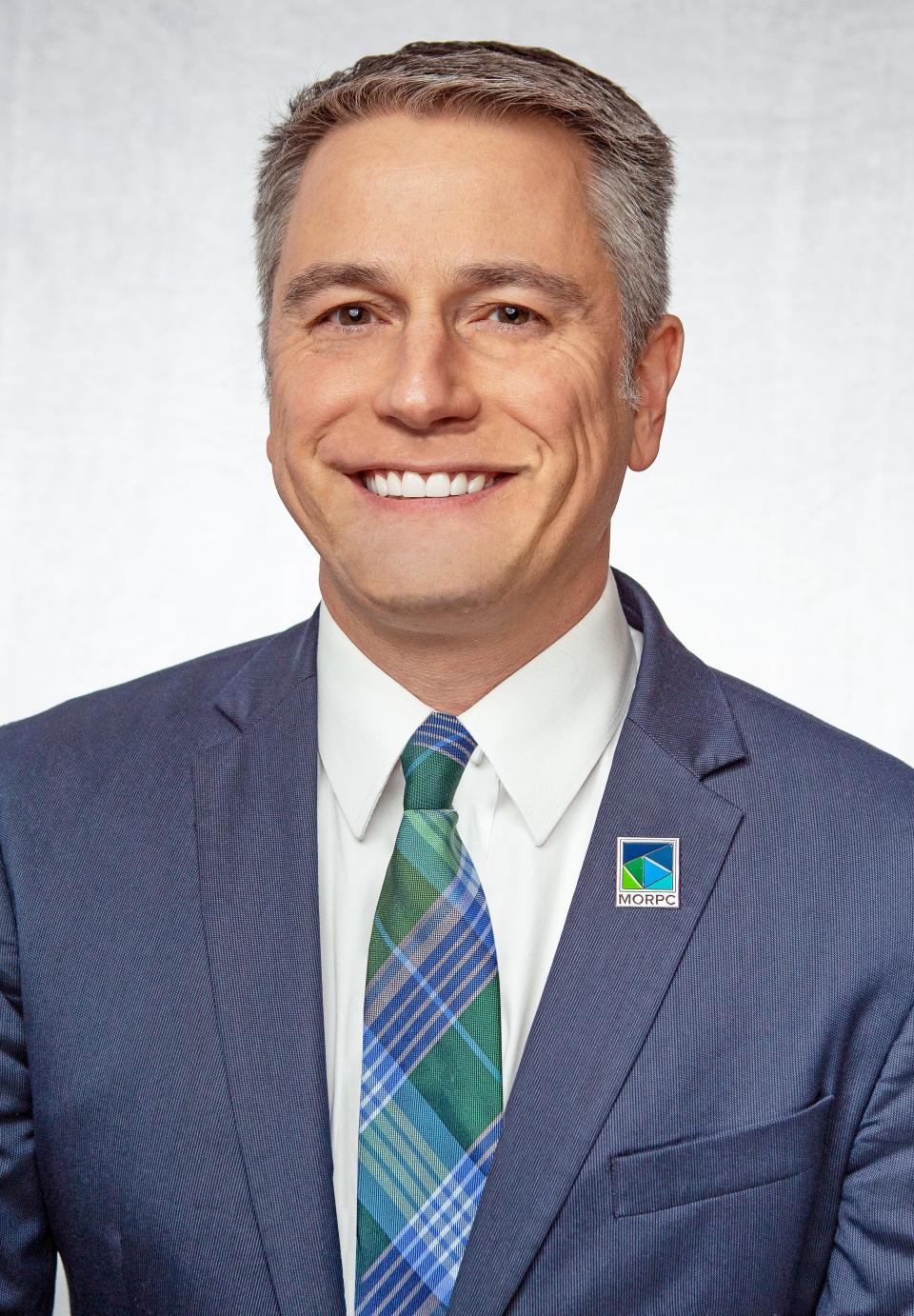
Boldness is needed to move the community forward as MORPC begins to update its 2024-2050 Metropolitan Transportation Plan, a long-range document that "identifies transportation deficiencies, policies, strategies, and projects."
The time to swing big is now.
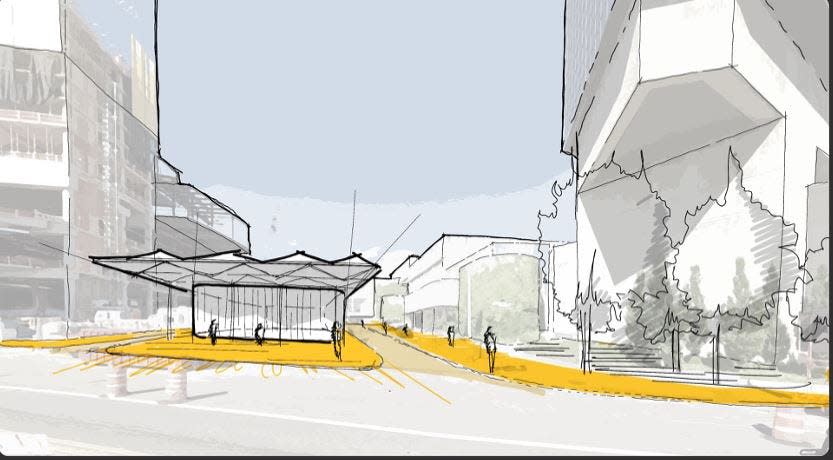
As Murdock said during MORPC state of the region, the private sector is preparing for 2050. Those charged with city planning and transportation solutions should do the same.
"This means things like electric vehicles, safety, advanced trains, sophisticated mobility programs like COTA Plus (an on demand microtransit service) and Gohio Commute (an online rideshare platform for commuters)," Murdock told a crowd of 1,000. "Ideas like these can dramatically improve everyone's quality of life. We can fix frustrating transportation mistakes around the region. We can improve safety and commutes. We can create new options from trains to trails and build new routes for freight and transit. And we can be more competitive for businesses and talent."
Opinion: 'Put out the welcome mat.' Honda, Intel job opportunities will lure Ohioans home
There would be an environmental impact of improved public transportation options.
There are also many "business reasons" and "people reasons" to take action as many industries continue to struggle with worker shortages.
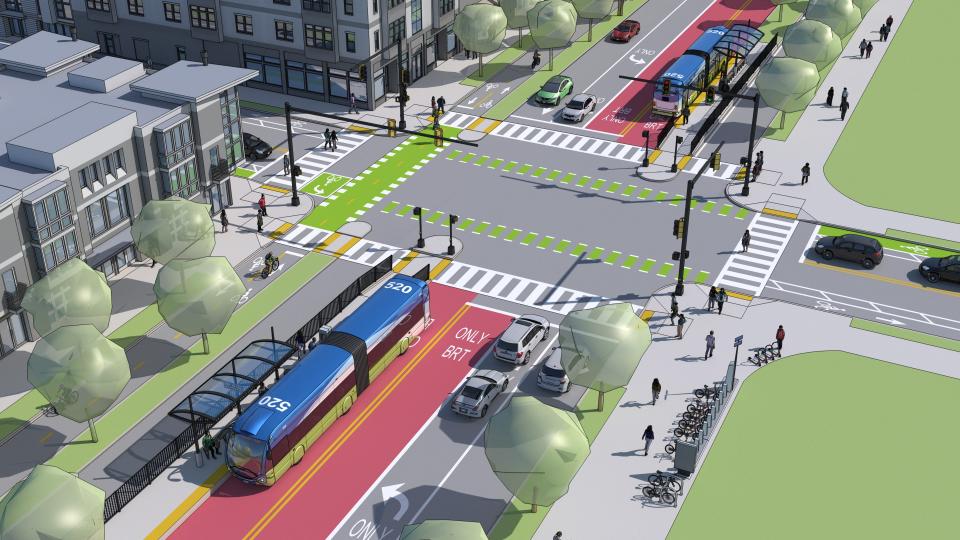
According to the Ohio Chamber of Commerce's Blueprint for Ohio Economic Future, 63% of jobs in Cleveland, Columbus and Cincinnati take more than 90 minutes to reach from low-income neighborhoods by public transit. Ohioans who use public transportation spend an extra 76% of their time commuting to work than those who do not take public transportation.
Federal dollars are out there to help the region take the big swings that will remove barriers that have blocked pathways to success.
Everyone in this region regardless of race, economic status or geographic location should have the chance to access opportunities that come with Honda, Intel and other businesses investing here.
Cars can no longer be the only reliable form of transportation.
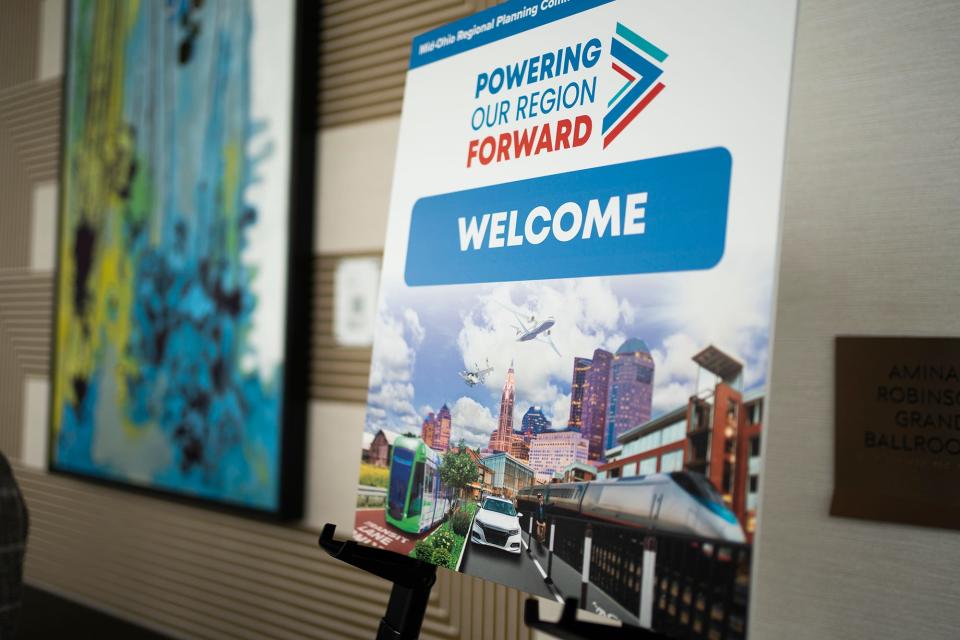
Our state and region's inadequate, antiquated or nonexistent public transportation systems should no longer be obstacle to obtaining good jobs.
"Let's be bold. Let's go after the big plans that we've put on the table," Thea Ewing, project director for the employee-owned infrastructure firm HNTB, said during MORPC's state of the region. "There's going to be a great opportunity to put on the books what is a generational investment."
More options needed
The Leaders Listen survey points to a desire for more. Columbus and other central Ohio residents want more transit, trails and passenger rail option as the community expand.
Ninety percent of who participated in Leaders Listen think it would be "moderately" to "extremely" helpful to bring Amtrak’s passenger rail service here.
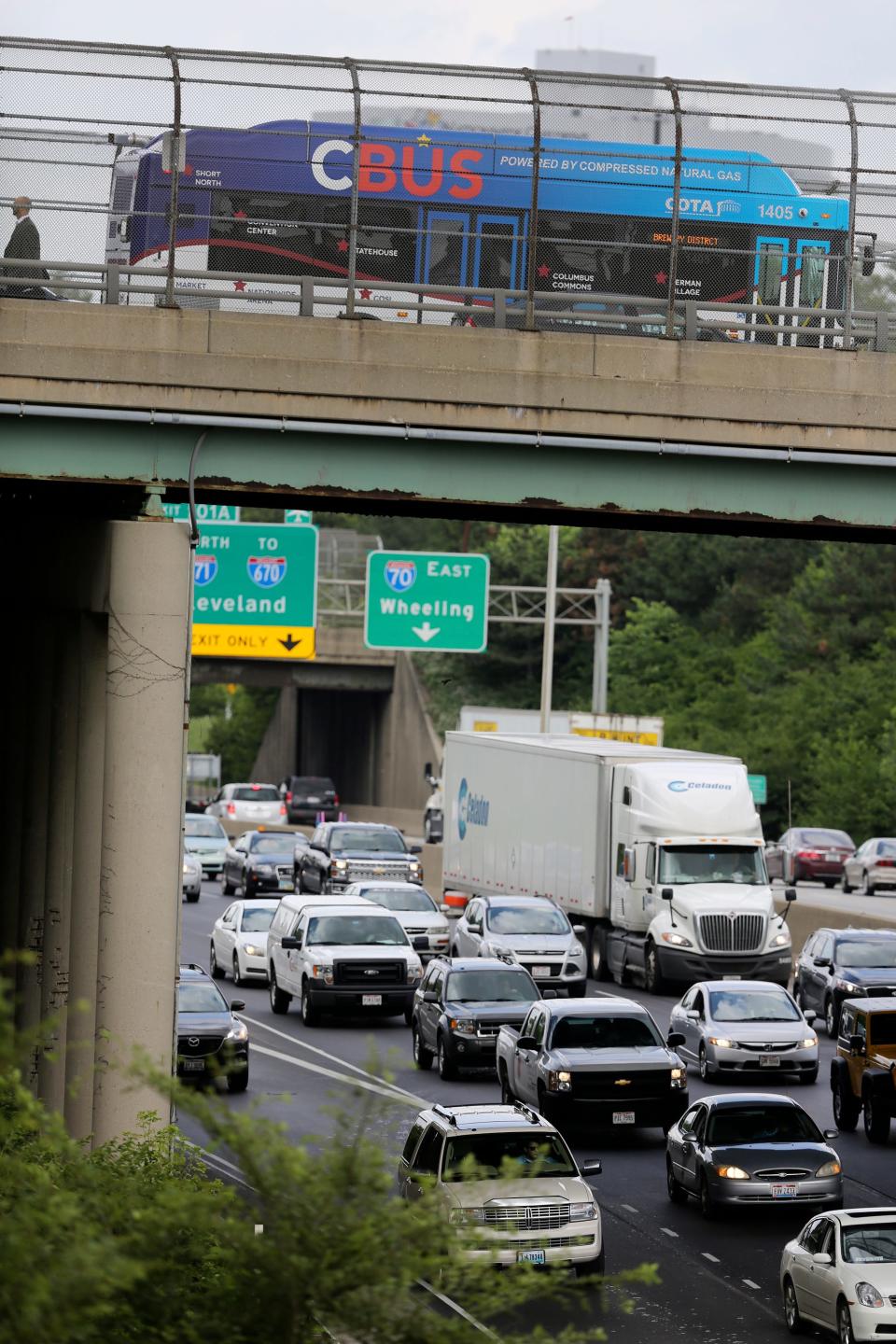
Ohio has applied for federal funds to study the possibility of for two Amtrak rail corridors: One that connects Cleveland, Columbus, Dayton and Cincinnati, and another that would hit Cleveland, Toledo and Detroit.
Less of the project expense would be on Ohio's back than was the case for an Amtrak proposal then-Gov. John Kasich derailed in 2010.
The $100 million needed to build the line would come from the infrastructure package Biden signed in 2021. Amtrak would cover the cost of construction, track upgrades and operating costs for at least five years. Ohio would then split the estimated $17 million to $20 million annual operating costs with Amtrak.
The company has estimates there will be as many as 500,000 riders annually. A trip between Cincinnati and Cleveland would eventually be less than four hours. That trip takes a little more than four hours by car now.
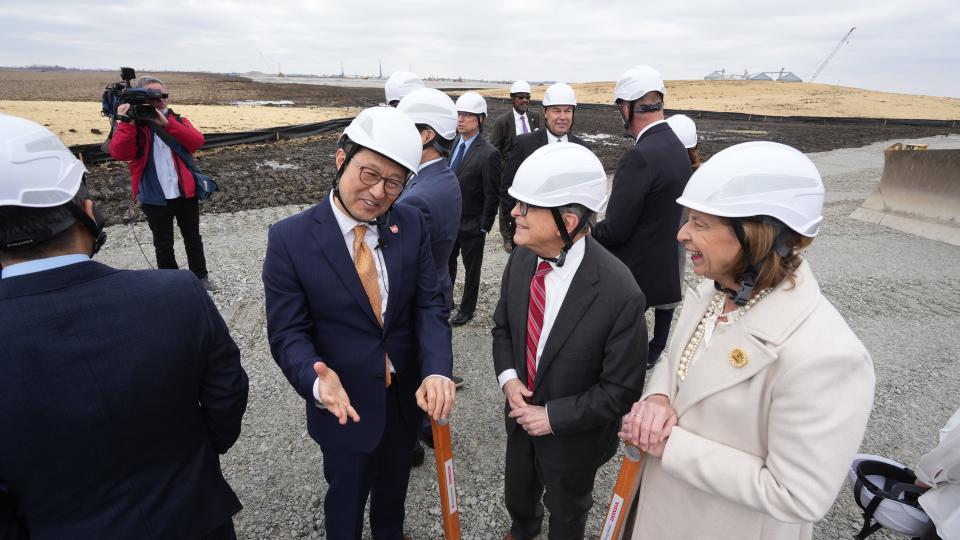
An official Amtrak study is a necessary thing, and we are glad Gov. Mike DeWine is moving things forward, but the fact that seeking it is such a major step speaks to how far behind we are as a state and a region when it comes to non-car transportation.
Columbus is the nation's second-largest city without an extensive train or bus system connecting it to other cities, according to a 2017 DePaul University's Chaddick Institute for Metropolitan Development study.
The city's metro area is the second largest in the nation without some form of inter-city passenger rail service.
LinkUS, a multifaceted initiative led by the city of Columbus, the Central Ohio Transit Authority, Franklin County and MORPC, would include high-capacity and rapid-transit corridors.
COTA plans to ask for a 0.5% sales tax increase on the ballot next year that would help fund LinkUS bus rapid transit lines. Officials say the tax would help leverage federal dollars needed to help fund the system.
There are high hopes for LinkUS, but that program is merely a drop in the bucket. Much more is needed. The time is now to seek it out.
Collaboration and solutions from cities, counties and the state are needed if the Columbus region is to live up to its full potential and drive Ohio's rebound.
The people need, want — and deserve it.
This piece was written by the Dispatch Opinion Editor Amelia Robinson on behalf of The Dispatch Editorial Board. Editorials are our board's fact-based assessment of issues of importance to the communities we serve. These are not the opinions of our reporting staff members, who strive for neutrality in their reporting.
This article originally appeared on The Columbus Dispatch: How hard is it to get around in the Columbus area?

